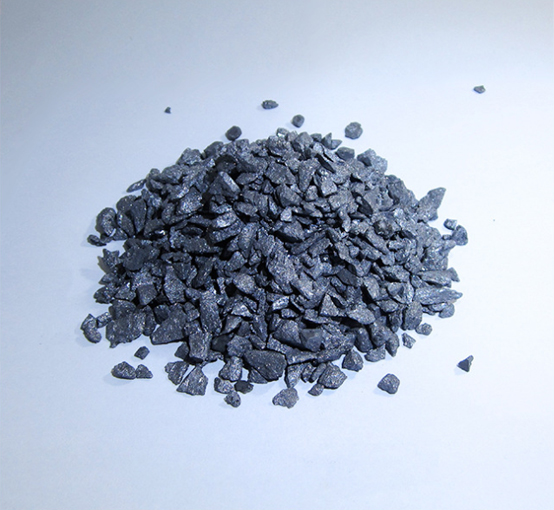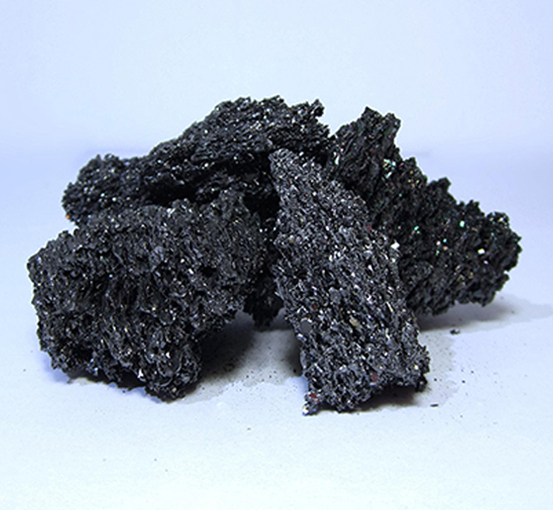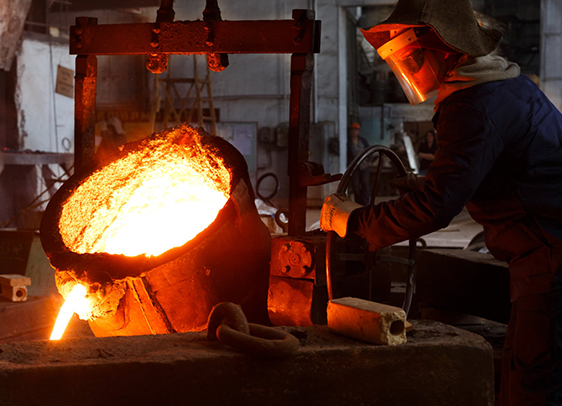Definition of ferroalloy
Ferroalloys are alloys in which one or more metallic or non-metallic elements are fused with iron. For example, ferrosilicon is Fe2Si, Fe5Si3, FeSi, FeSi2 and other silicides formed by silicon and iron. They are the main components of ferrosilicon. The silicon in ferrosilicon mainly exists in the form of FeSi and FeSi2, especially FeSi is relatively stable. The melting points of different components of ferrosilicon are also different. For example, the melting point of 45% ferrosilicon is 1260°C, and that of 75% ferrosilicon is 1340°C. Ferromanganese is an alloy of manganese and iron, which also contains a small amount of other elements such as carbon, silicon, and phosphorus. Depending on its carbon content, ferromanganese is divided into high-carbon ferromanganese, medium-carbon ferromanganese and low-carbon ferromanganese. Ferromanganese alloys that contain sufficient silicon are called silicomanganese alloys.
Ferroalloys are not metal materials that can be used directly, but are mainly used as intermediate raw materials for deoxidizers, reducing agents and alloy additives in steel production and foundry industries.


Classification of ferroalloys
With the development of modern science and technology, various industries have higher and higher requirements for the variety and performance of steel, and higher requirements for ferroalloys. There are many kinds of ferroalloys, and there are many classification methods. Generally, they are classified according to the following methods:
(1) According to the classification of the main elements in the iron alloy, it can be divided into: silicon, manganese, chromium, vanadium, titanium, tungsten, molybdenum and other series of iron alloys.
(2) According to the carbon content of ferroalloys, it can be divided into: high carbon, medium carbon, low carbon, micro carbon, ultra micro carbon and other varieties.
(3) According to the classification of production methods, it can be divided into: blast furnace ferroalloy, electric furnace ferroalloy, out-of-furnace (metal thermal method) ferroalloy, vacuum solid-state reduction ferroalloy, converter ferroalloy, electrolytic ferroalloy, etc. In addition, there are special iron alloys such as oxide compacts and heating iron alloys.


Uses of ferroalloys
Ferroalloy is one of the important raw materials indispensable in the steel industry and mechanical casting industry. With the continuous and rapid development of my country's iron and steel industry, the variety and quality of steel continue to expand, and higher requirements are placed on ferroalloy products.
(1) Used as a deoxidizer. The binding strength of various elements in molten steel to oxygen, that is, the deoxidizing ability, from weak to strong is as follows: chromium, manganese, carbon, silicon, vanadium, titanium, boron, aluminum, zirconium, calcium. In general, iron alloys composed of silicon, manganese, aluminum and calcium are commonly used for steelmaking deoxidation.
(2) Used as an alloying agent. The elements or alloys used to adjust the chemical composition of steel to alloy steel are called alloying agents. Commonly used alloying elements are silicon, manganese, chromium, molybdenum, vanadium, titanium, tungsten, cobalt, boron, niobium, etc.



